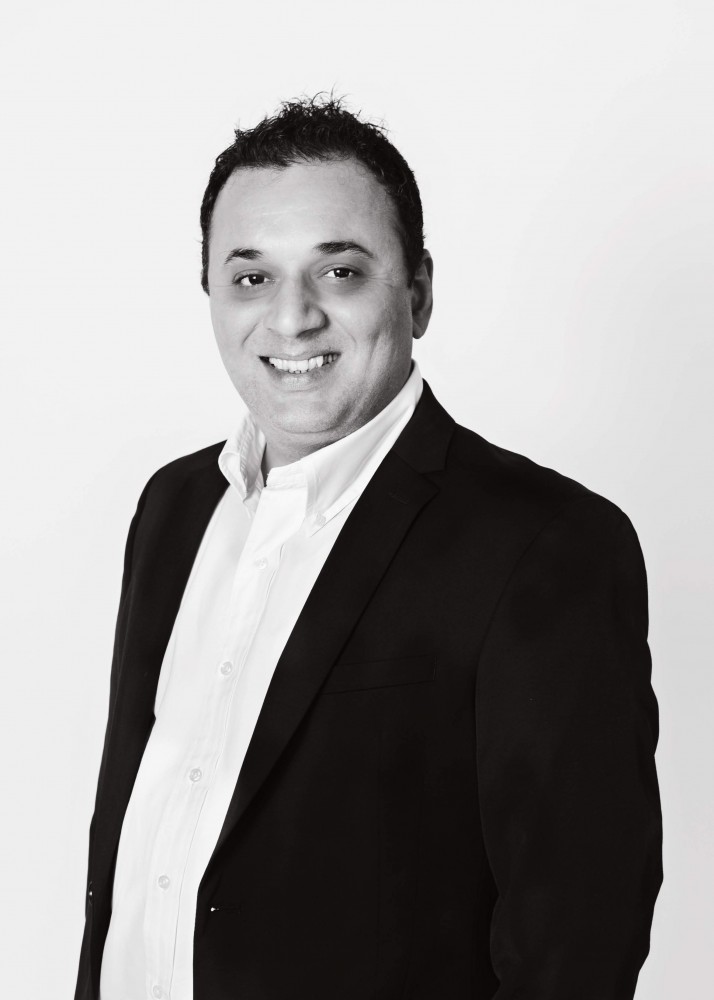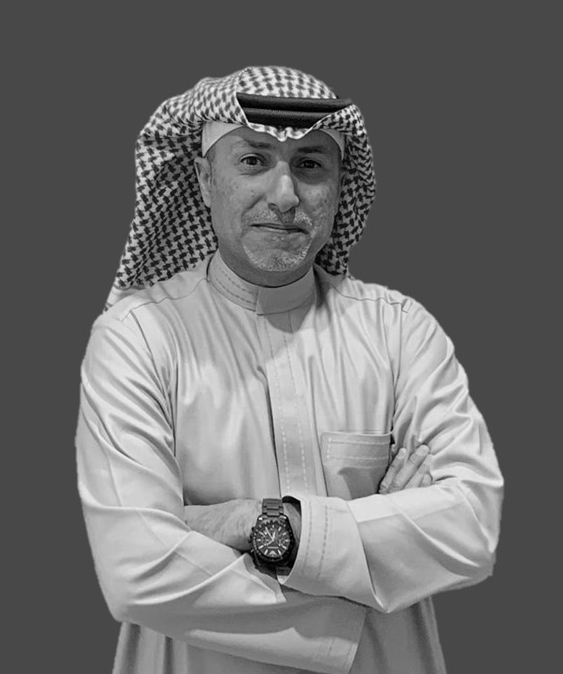Industry Talk
‘The future of TV is Addressable’
by Iain Akerman
March 26, 2019

TV in its conventional sense continues to be TV. It still broadcasts; it still continues to be bound by a finite number of primetime slots, and still targets specific demographics. Yet smarter technologies have redefined content consumption, enabling films and series to be viewed any time, any place and on any screen. Whereas TV was once constrained by the size of total primetime audiences, streaming services have erased such limitations, offering far greater reach and access to larger audiences.
Netflix et al have upended the traditional TV model, with Netflix spending $12 billion a year on content as it seeks to monopolise every minute of consumers’ leisure time. “Netflix’s goal is to have more subscribers than any other video service in the world, and to be the primary source of video content for each of these subscribers,” wrote Matthew Ball for Redef last year. “The company doesn’t want to be a leader in video, or even the leader in video – it wants to monopolise the consumption of video; to become TV.”
The implications for traditional TV broadcasters and for the future of television are obvious. Not only is TV as we know it under threat, but it faces considerable challenges in remaining relevant. As overall time spent on media is increasingly dominated by digital channels and consumers shift allegiances, investment will follow that shift in consumption, says Zubair Siddiqui, managing director at UM MENA. “This poses the biggest threat to linear TV,” he says.
“Non-linear, subscription-based video-on-demand platforms are growing exponentially, while free-to-air and traditional pay-TV operators are finding it tougher to attract advertising revenue and subscribers.”--Hamad Malik, Chief Marketing Officer, Starz Play
“There is no doubt that TV viewing habits are evolving throughout the world and MENA is not immune to this trend,” says Hamad Malik, Chief Marketing Officer, Starz Play. “Non-linear, subscription-based video-on-demand platforms are growing exponentially, while free-to-air and traditional pay-TV operators are finding it tougher to attract advertising revenue and subscribers.”
Starz Play’s growth in the Middle East – it had a record-breaking year of subscriber uptake in 2018 – suggests regional TV viewing habits are changing in favour of OTT platforms, while Netflix is investing in original Arabic-language content for the first time and is actively seeking to expand its audience base in the MENA region.
Meanwhile, the news is not good for pay-TV. Goldman Sachs was hired late last year to advise on the sale of KIPCO’s majority stake in regional pay-TV provider OSN, with the broadcaster posting a 10 per cent year-on-year drop in income for the three months to 30 September. Although OSN’s CEO believes there is room for all players to co-exist and grow, in the long-term there will be winners and losers, believes Eyad Zarea, general manager of Carat Saudi Arabia. “TV broadcasters (including OSN) will have to continue to invest to compete in the near future and to prevent audience migration going into free fall,” says Zarea.

“If linear TV operators in the MENA region want to stay in the game for longer, the need to bring in personalisation is key.”--Zubair Siddiqui, managing director at UM MENA
Yet any talk of traditional free-to-air TV’s demise is not only premature, but incorrect (see interview with MBC CEO Sam Barnett). Its advertiser-funded model continues to be strong, especially in the MENA region, with traditional TV proving to be both resilient and robust. This is largely down to TV’s low-cost mass reach and its delivery of the best ROI for advertisers, says Siddiqui, but also TV’s domination of Arabic content. There is also the continued cultural element of families watching television together.
The big players have also invested in their own video streaming platforms (think MBC’s Shahid), have introduced non-traditional media buying options, and are increasingly using cloud services to reduce the cost of production and the distribution of content.
Regional television executives, however, will be the first to acknowledge that they face considerable challenges if they are to thrive in the future. Firstly, native Arabic blockbuster content hasn’t changed dramatically in recent years, says Siddiqui. “Consumers will therefore seek alternative options to satisfy this need,” he says. Secondly, regional investment in internet infrastructure has made the watching of long-form content via connected devices an uninterrupted and enjoyable experience. Thirdly, Millennials and Generation Z are accustomed to watching little to no TV on a traditional set via linear channels.

“TV broadcasters (including OSN) will have to continue to invest to compete in the near future and to prevent audience migration going into free fall.”--Eyad Zarea, general manager of Carat Saudi Arabia
“The behaviour of skipping ads, skipping channels and bouncing through content will make it difficult for TV to capture a younger audience who are used to having full control of when, where and how they consume media,” says Zarea. “It will be the broadcasters that think about and invest in their online capabilities as much as their offline that (will) stand the test of time.”
It is towards this younger demographic that TV will be increasingly tailored going forward. It will be more personalised and more interactive, with on-demand distribution allowing a digital network to be all things to all people at all times. All of which will be helped by the devices that we watch films and series on, particularly smartphones and tablets. After all, these devices know everything about us thanks to facial recognition, gyroscopes, accelerometers and tracking. Hence data will play a bigger and bigger role, not only impacting what we watch, but which content providers will survive.
With artificial intelligence (AI) increasing in sophistication, TVs themselves will also know more and more about us, while the interactive possibilities of immersive television will allow storytellers to create experiences that are more emotional and personal than ever before.
“Personalisation on OTT platforms is already quite sophisticated,” says Malik. “Content recommendations for viewers are made because of a piece of content that you might have watched, your interest in a specific star or director, what most other people are watching and many other criteria. However, sometimes it still takes a while before you choose what you want to watch.
“With advancement in technology and AI we will soon reach a stage where content exploration will be more attuned to individual’s tastes, recommendations will be more specific, and hence the speed of a person selecting something that he or she wants to watch will drastically reduce.”
For advertisers and media agencies, the broader concept here is addressability. That is, the ability to address audiences based on varied targeting criteria, says Siddiqui. “Consumers, for instance, view TV content on TV, tablets, mobiles etc. The targeting is done programmatically, so the TV inventory is available programmatically and a typical client will be able to target audiences based on the data they have about the household age, income, preferences etc. The tech behind this is gaining momentum globally but hasn’t caught up in the MENA region yet.”
The rollout of such technology will require considerable investment, something that will be beyond the affordability of many regional broadcasters. Yet it is clear that reliance on traditional models of television, despite their resilience, will not only be foolhardy, but suicidal.
“The future of TV is addressable,” says Siddiqui. “If linear TV operators in the MENA region want to stay in the game for longer, the need to bring in personalisation is key.”













